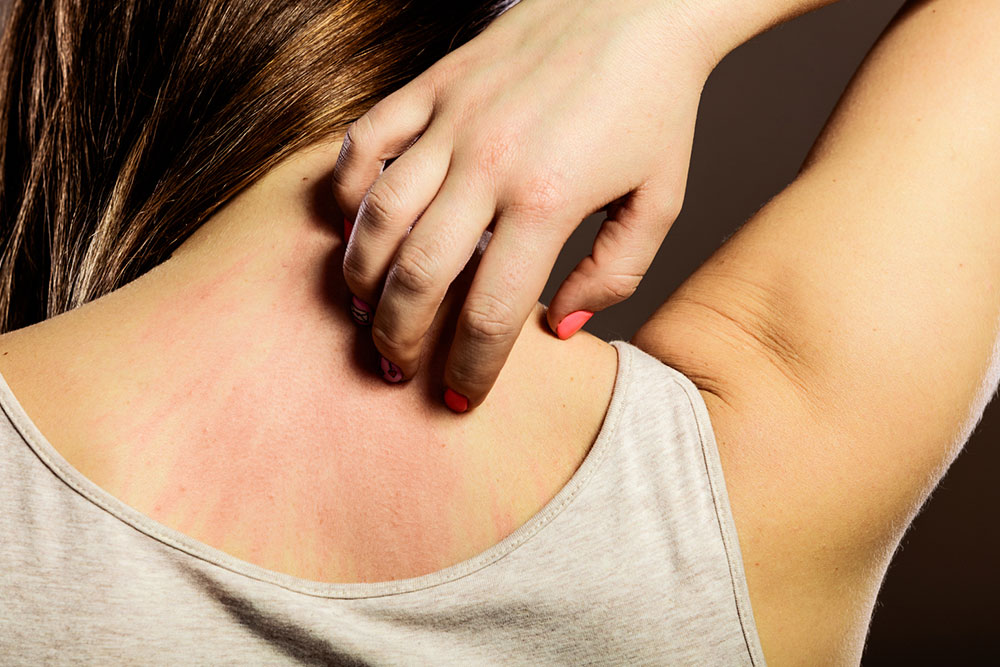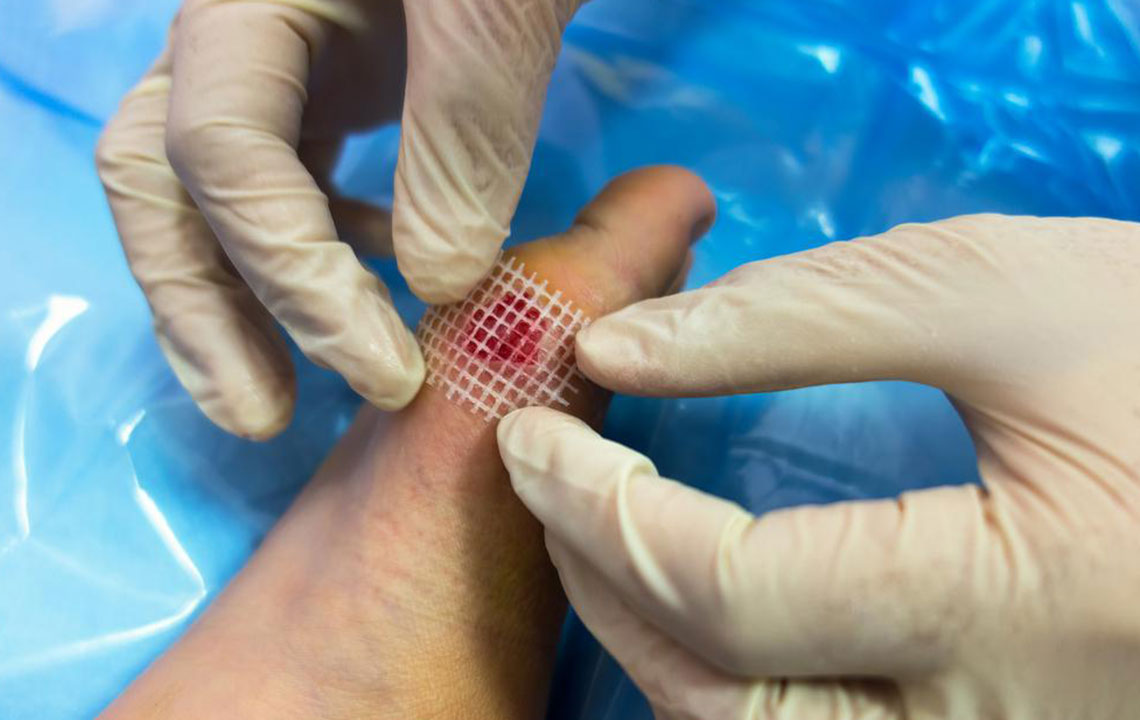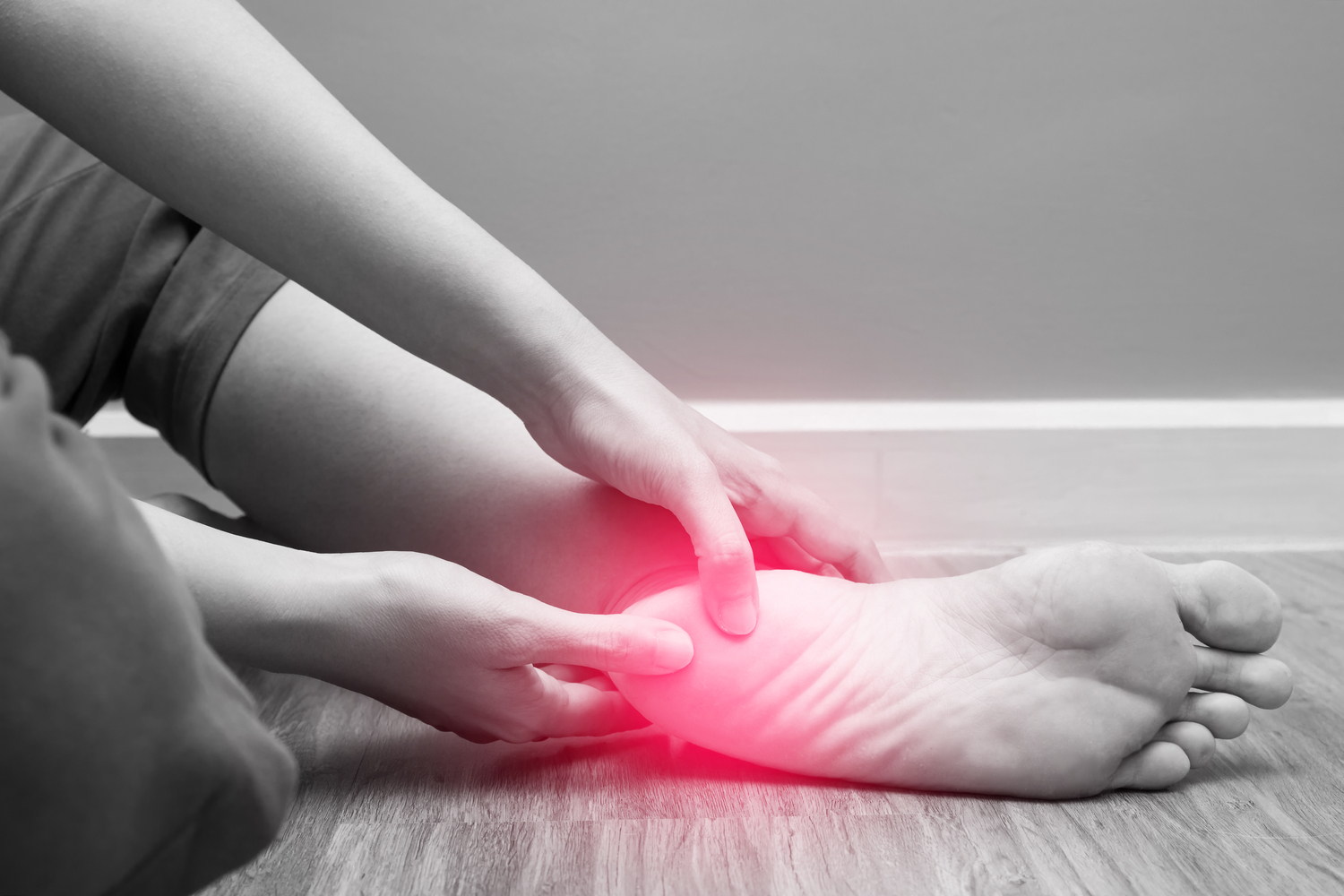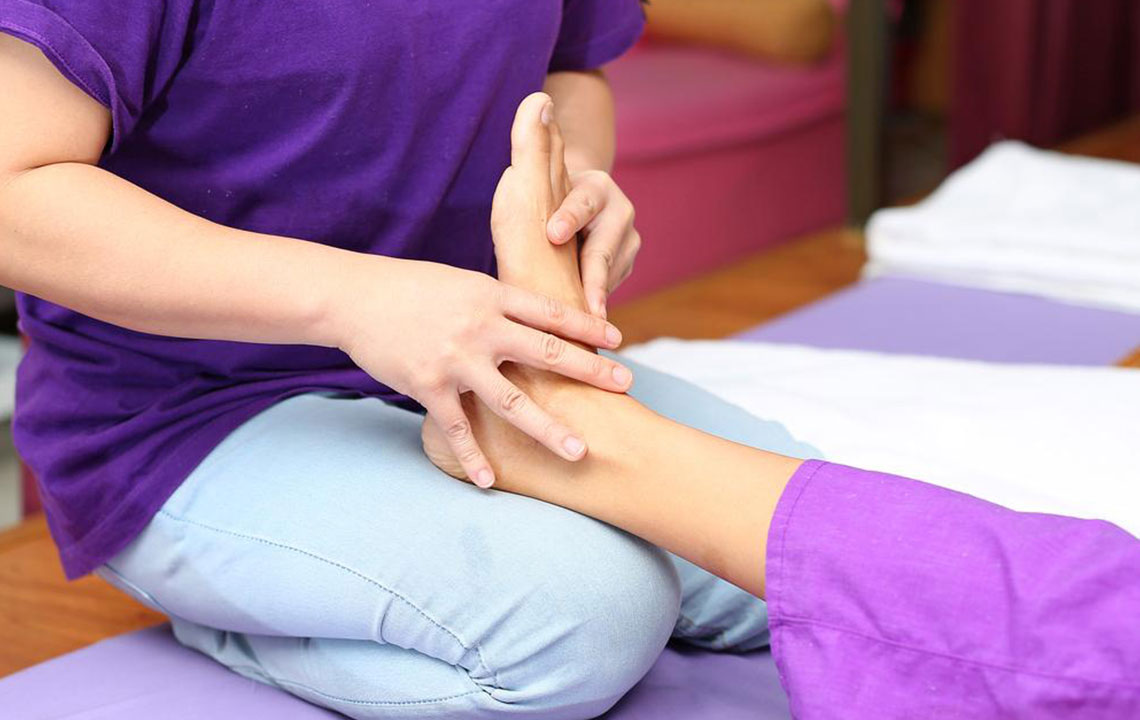Comprehensive Guide to Managing Shingles Symptoms: Effective Therapies and Treatments
This extensive guide explores effective therapies and treatments for managing shingles symptoms. From antiviral medications and topical remedies to natural therapies and lifestyle tips, learn how to alleviate pain, promote skin healing, and prevent complications. Early intervention and personalized care are key to minimizing discomfort and improving overall recovery from shingles.
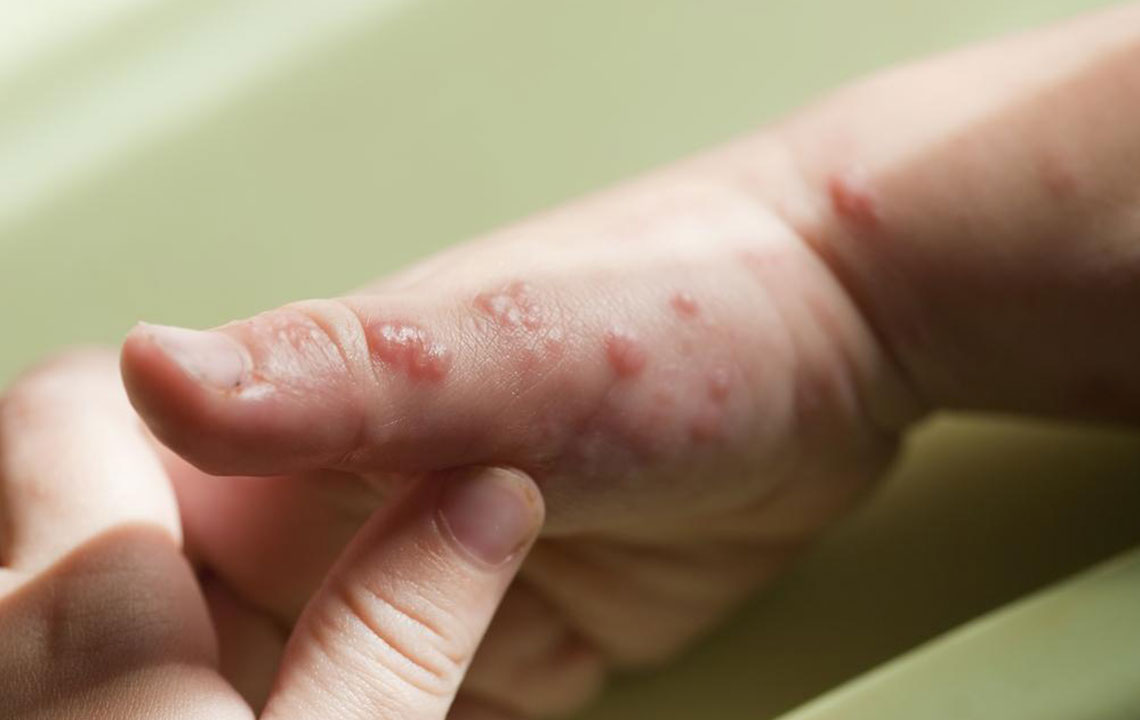
Comprehensive Guide to Managing Shingles Symptoms: Effective Therapies and Treatments
Shingles, medically known as herpes zoster, is a painful viral infection caused by the reactivation of the varicella zoster virus — the same virus responsible for chickenpox. Once a person has had chickenpox, the virus can remain dormant in nerve tissues for years before reactivating as shingles. The condition typically manifests as a painful rash, often accompanied by other symptoms such as burning sensations, fatigue, fever, and sensitivity to light. Understanding the most effective therapies available for managing shingles symptoms is crucial for anyone affected, as timely treatment can significantly reduce pain, prevent complications, and improve quality of life.
Understanding Shingles and Its Causes
Before diving into treatment options, it’s essential to understand what causes shingles. The initial reactivation of the varicella zoster virus can occur due to aging, stress, weakened immune systems, or other health conditions that impair immune function. The virus travels along nerve pathways, leading to inflammation and the characteristic rash. Recognizing early symptoms such as severe pain, tingling, or burning sensations can facilitate prompt medical intervention, which is vital in reducing symptom severity and preventing complications like postherpetic neuralgia.
1. Antiviral Medications: The Cornerstone of Shingles Treatment
Medicines like acyclovir, valacyclovir, and famciclovir are among the most effective antiviral drugs used to combat shingles. These medications work by inhibiting viral replication, thereby reducing the severity and duration of symptoms if administered early — preferably within 72 hours of rash appearance. Timely treatment with antivirals not only shortens the course of the illness but also minimizes nerve damage and lowers the risk of developing postherpetic neuralgia, a lingering nerve pain condition.
2. Topical Therapies to Relieve Discomfort and Promote Healing
Applying soothing remedies directly to affected skin can help alleviate discomfort. For instance, a mixture of baking soda or cornstarch combined with water creates a natural soothing paste that reduces itching. To prepare, mix two parts cornstarch with one part water, apply to the rash with gentle patting, leave it on for approximately 15 minutes, then rinse off. Repeating this process several times throughout the day can provide significant relief from itching and irritation.
3. Medical Ointments for Speedy Recovery
Topical antiviral prescriptions like Zovirax (acyclovir) ointment are valuable in promoting healing of skin lesions and preventing viral proliferation. Proper application involves covering the rash thoroughly, avoiding contact with the eyes, and reapplying every three hours over a period of one week. Always use gloves during application to minimize the risk of spreading the virus to other parts of your body or to others.
4. Natural and Herbal Remedies for Symptom Management
Some patients opt for herbal and natural remedies to ease the discomfort of shingles. Licorice root extract-based creams like Licrogel possess antiviral properties that can target skin lesions. Applying these creams directly to affected areas can enhance healing and reduce inflammation. Moreover, certain herbal compounds such as cantharis, Rhus tox, and Arsenicum album, used in homeopathic treatments, have been reported to help alleviate pain and itching. Consultation with trained homeopathic practitioners ensures safe and tailored therapies.
5. Managing Nerve Pain with Topical Capsaicin
Capsaicin, derived from hot peppers, is an effective topical agent for nerve pain relief associated with shingles. When applied in small amounts four times daily, it helps deactivate nerve fibers responsible for transmitting pain signals, thereby reducing chronic pain remnants even after the rash clears. Patients should start with a small dose to assess tolerance and avoid skin irritation.
6. Lifestyle and Home-Based Therapies
In addition to medical treatments, home-based strategies can offer substantial relief. Taking lukewarm baths with colloidal oatmeal or cornstarch can soothe irritated skin, while cool compresses applied directly to the rash or itchy areas help reduce inflammation and discomfort. These measures can be particularly useful during flare-ups, offering comfort and alleviating symptoms effectively.
7. Importance of Early Medical Consultation
If you notice early signs of shingles or if symptoms worsen or become uncontrollable, seeking medical advice immediately is crucial. Prompt intervention with antivirals and supportive therapies can prevent the progression of the disease and reduce the risk of long-term complications. Additionally, vaccination is available for eligible adults to prevent shingles or diminish its severity, making early consultation with healthcare professionals essential for optimal care.
Understanding and implementing these diverse therapies can help individuals manage shingles more effectively. While no cure exists for the virus itself, a combination of medication, topical treatments, home remedies, and lifestyle adjustments offers a comprehensive approach to symptom relief and quality of life improvement for those affected by shingles.
